Flexxx
Active Member
- Joined
- Dec 8, 2011
- Messages
- 111
- Reaction score
- 20





Last edited:






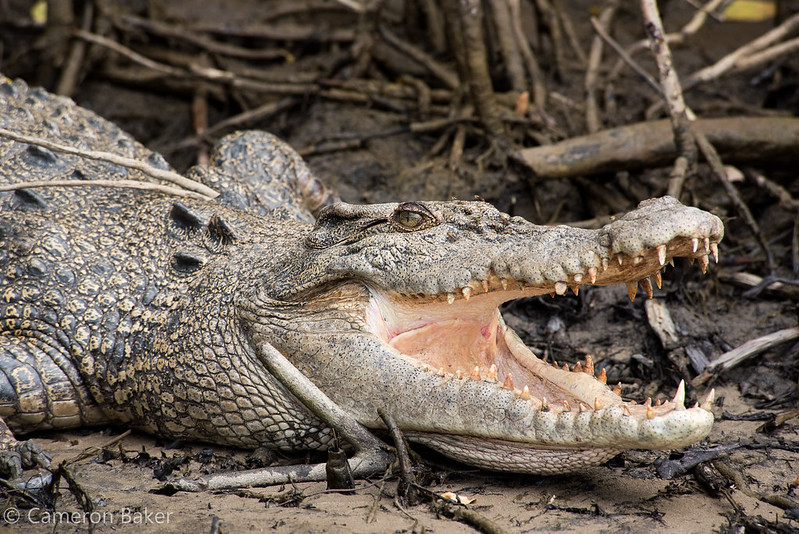 Estuarine crocodile by Cameron Baker, on Flickr
Estuarine crocodile by Cameron Baker, on Flickr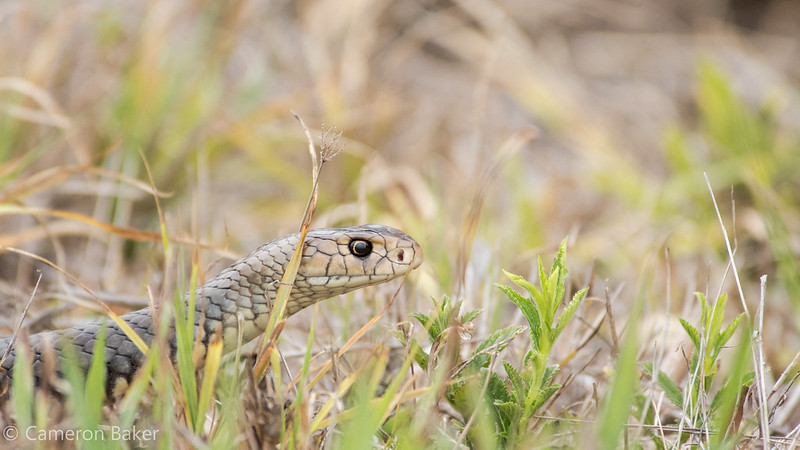 Eastern brown snake (Pseudonaja textilis) by Cameron Baker, on Flickr
Eastern brown snake (Pseudonaja textilis) by Cameron Baker, on Flickr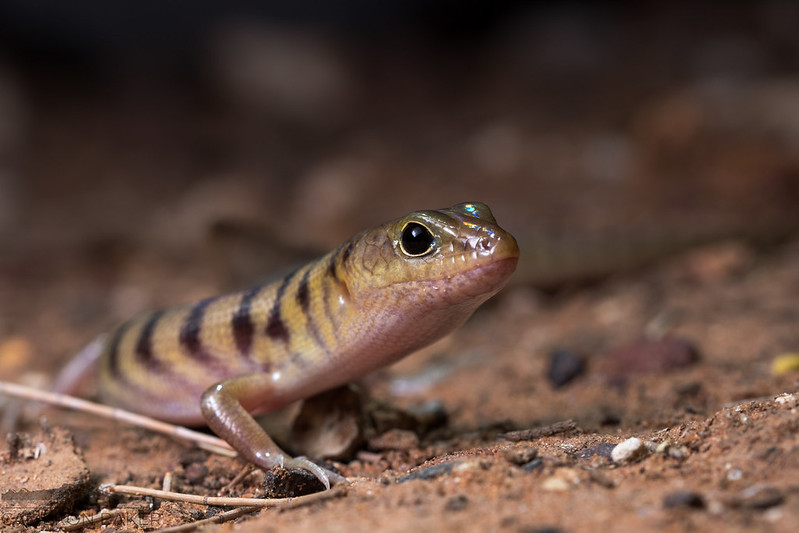 Narrow banded sand swimmer (Eremiascincus fasciolatus) by Cameron Baker, on Flickr
Narrow banded sand swimmer (Eremiascincus fasciolatus) by Cameron Baker, on FlickrAwsome advice and awsome pics! I struggled with composition for too long so was probably focussing far too much on that haha. Good points for me to start working on, ill definitely take all your advice onboard and continue to try to progress my pics in this hobby.You've got some good photos there. A piece of advice though, keep an eye on your shutter speed. A couple of your shots, while nicely framed, have a bit of shake in them and this is often due to your shutter speed being a bit to slow. General rule of thumb is you want your shutter speed to be at least your focal length when hand holding (i.e. with a 100 mm lens, you wouldn't really want to go below 1/125). This is just a general rule though, and it is certainly possible to go lower than this and get awesome images. You just need to pay attention to what you're doing and how you're holding you camera to keep everything steady. Another tip as well, when photographing reptiles (and any wildlife photography really) is to always try and aim to have the eye of the animal sharp and in focus. The eye is just one of those points that people are innately drawn to in images, and it can be the difference between an alright shot and an amazing one.
There used to be quite a few field herpers and photographers who used to share their shots on here, however most seem to have gone to other platforms in recent years. Not sure how many others will put up their own photos on here, but here's some of my more recent shots at least.
Estuarine crocodile by Cameron Baker, on Flickr
Eastern brown snake (Pseudonaja textilis) by Cameron Baker, on Flickr
Narrow banded sand swimmer (Eremiascincus fasciolatus) by Cameron Baker, on Flickr
Cheers, Cameron

@Nero Egernia @nick_75 both have amazing albums!
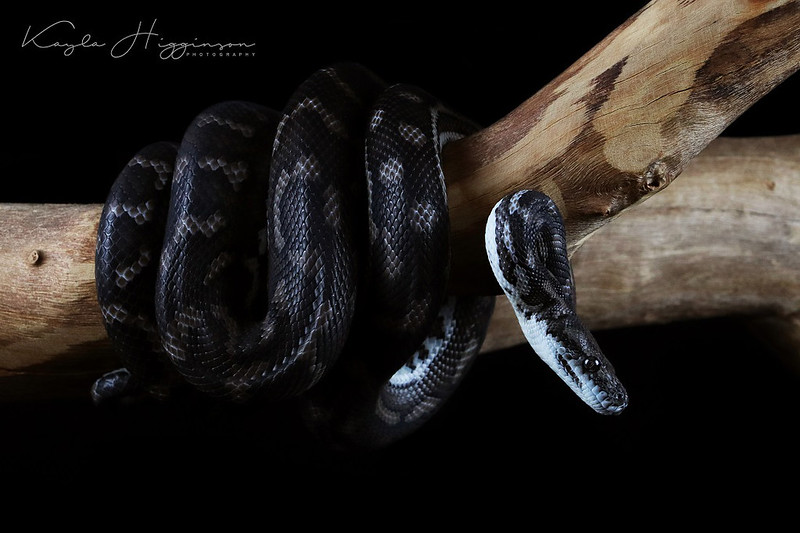 Pixie South-west Carpet Python by Kayla Higginson, on Flickr
Pixie South-west Carpet Python by Kayla Higginson, on Flickr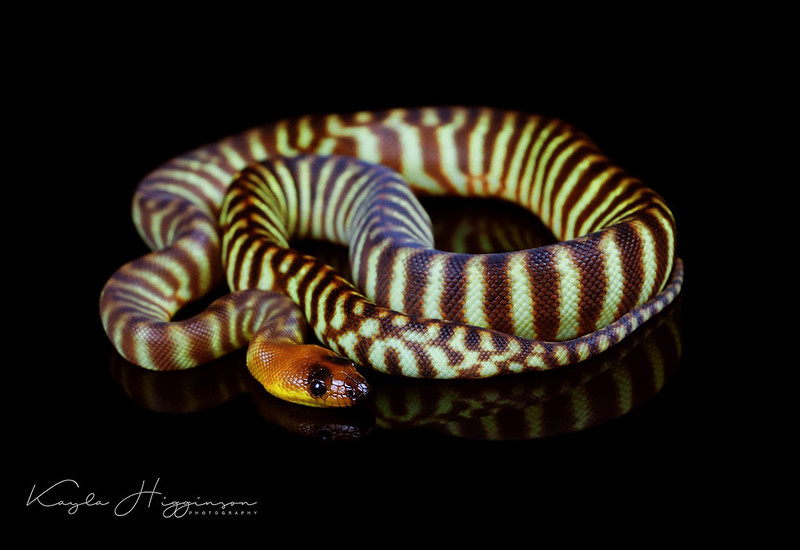 Woma Python (Aspidites ramsayi) by Kayla Higginson, on Flickr
Woma Python (Aspidites ramsayi) by Kayla Higginson, on Flickr Black Headed Monitor (Varanus tristis tristis) by Kayla Higginson, on Flickr
Black Headed Monitor (Varanus tristis tristis) by Kayla Higginson, on Flickr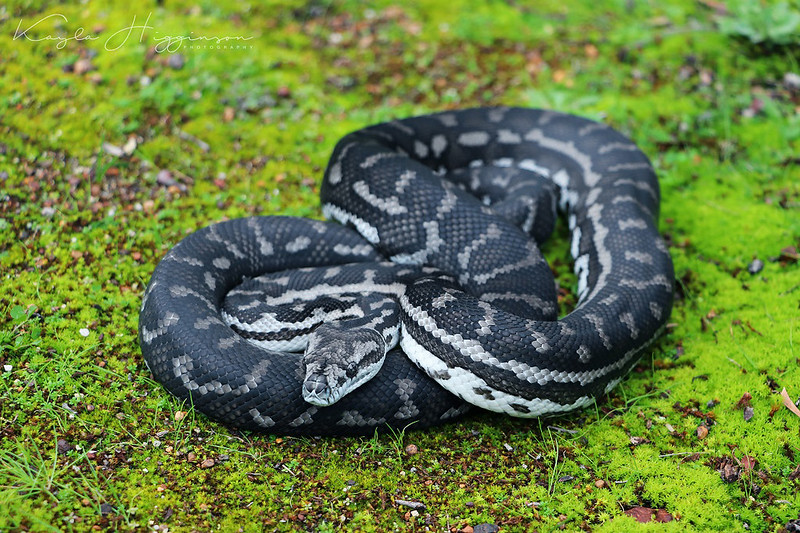 South-west Carpet Python (Morelia imbricata) by Kayla Higginson, on Flickr
South-west Carpet Python (Morelia imbricata) by Kayla Higginson, on Flickr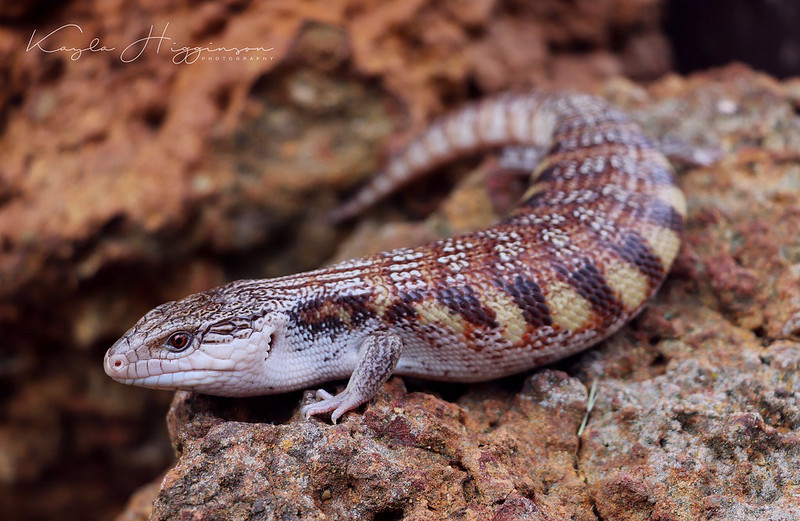 Northern Blue Tongue (Tiliqua scincoides intermedia) by Kayla Higginson, on Flickr
Northern Blue Tongue (Tiliqua scincoides intermedia) by Kayla Higginson, on Flickr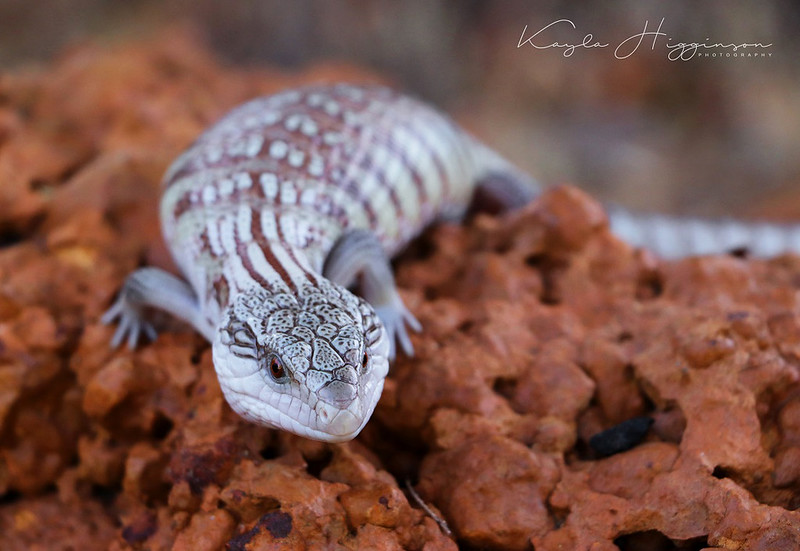 Northern Blue Tongue (Tiliqua scincoides intermedia) by Kayla Higginson, on Flickr
Northern Blue Tongue (Tiliqua scincoides intermedia) by Kayla Higginson, on Flickr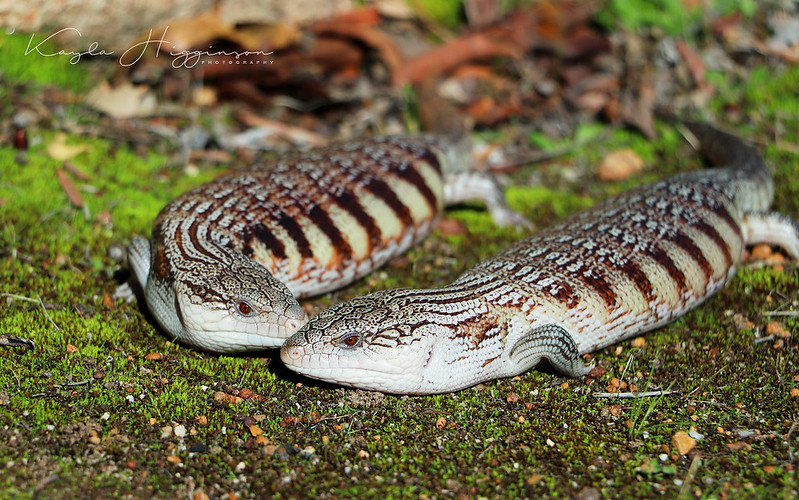 Northern Blue Tongue (Tiliqua scincoides intermedia) by Kayla Higginson, on Flickr
Northern Blue Tongue (Tiliqua scincoides intermedia) by Kayla Higginson, on Flickr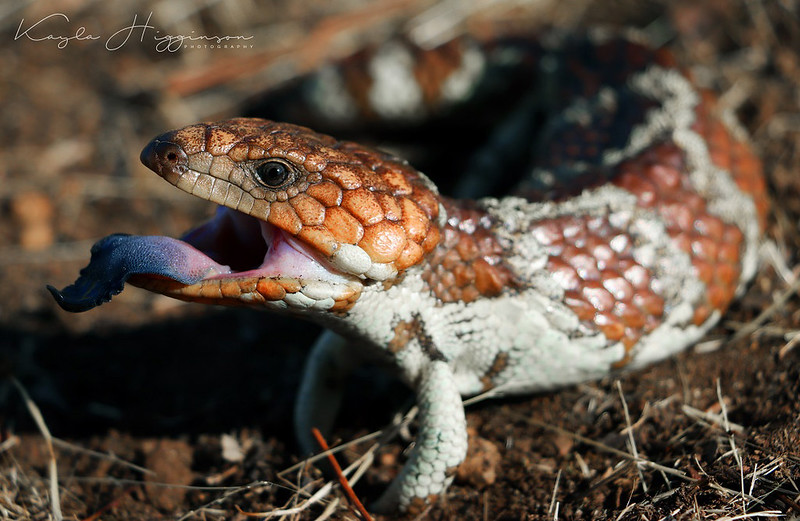 Bobtail Lizard (Tiliqua rugosa rugosa) by Kayla Higginson, on Flickr
Bobtail Lizard (Tiliqua rugosa rugosa) by Kayla Higginson, on Flickr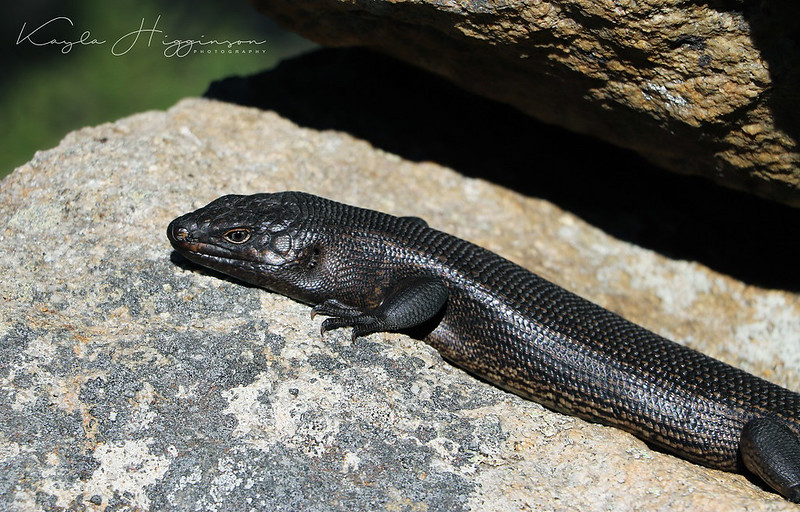 King's Skink (Egernia kingii) by Kayla Higginson, on Flickr
King's Skink (Egernia kingii) by Kayla Higginson, on Flickr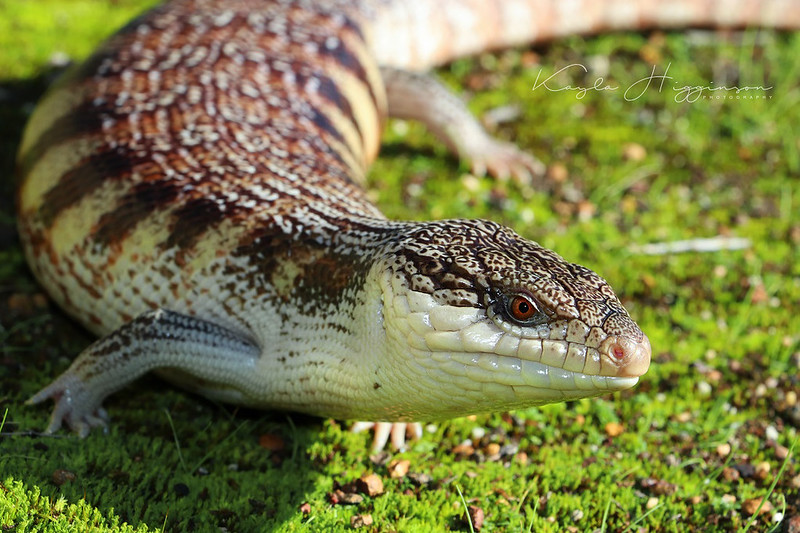 Northern Blue Tongue (Tiliqua scincoides intermedia) by Kayla Higginson, on Flickr
Northern Blue Tongue (Tiliqua scincoides intermedia) by Kayla Higginson, on Flickr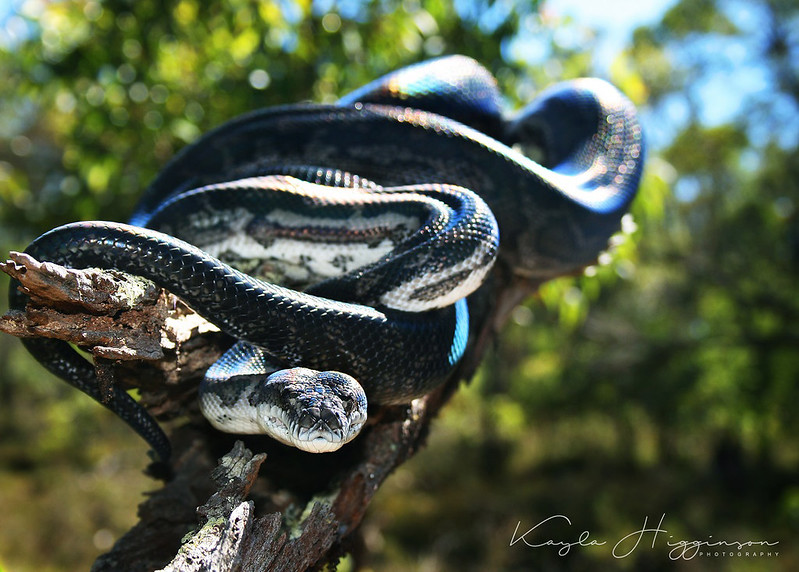 Rainbow Serpent by Kayla Higginson, on Flickr
Rainbow Serpent by Kayla Higginson, on Flickr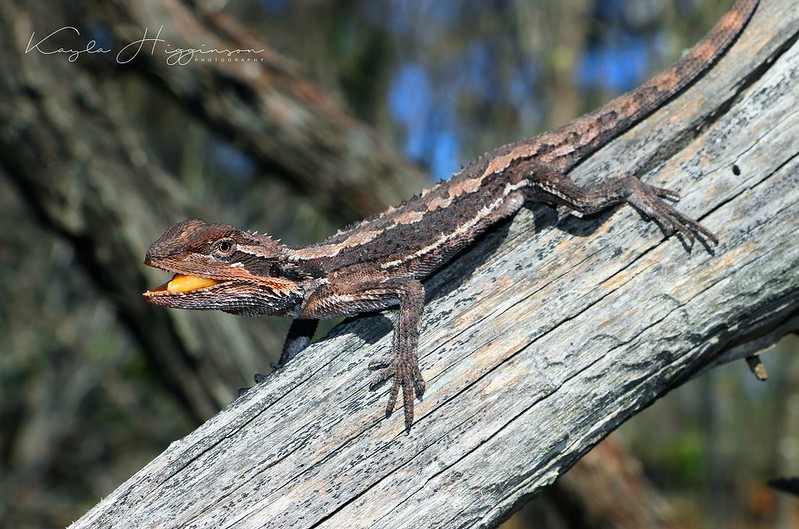 Western Bearded Dragon (Pogona minor) by Kayla Higginson, on Flickr
Western Bearded Dragon (Pogona minor) by Kayla Higginson, on FlickrDefinitely helps! Thanks heeps for the advice! Im still by far an amateur but always looking to learn. Iv got a heep of ex600 flashes i should play with more. I want to make a bracket to hold 2 flashesThanks for the mention, Herptology.
Cameron has given some great advice. It's definitely something worth taking into account. Although it's not mandatory, try to get a shot of the subject's eye that reflects the light. It gives it that much more "life". One more thing that I've learned in my photography journey is that lighting is very important. Great or terrible lighting has the power to make or break an otherwise good shot with good focus and composition. When you're out in the field, you'll often have to rely on natural lighting. That is, unless you have invested in further equipment or if you can be bothered lugging it about in the bush. Do some experimenting with the different settings on your camera and lighting conditions that either nature or technology can provide. You'll get many different results.
I've posted these photos before, but I'll group them under which lighting conditions they were taken in.
To start things off; artificial lighting in a studio setting.
Pixie South-west Carpet Python by Kayla Higginson, on Flickr
Woma Python (Aspidites ramsayi) by Kayla Higginson, on Flickr
Black Headed Monitor (Varanus tristis tristis) by Kayla Higginson, on Flickr
Natural lighting, overcast conditions.
South-west Carpet Python (Morelia imbricata) by Kayla Higginson, on Flickr
Northern Blue Tongue (Tiliqua scincoides intermedia) by Kayla Higginson, on Flickr
Northern Blue Tongue (Tiliqua scincoides intermedia) by Kayla Higginson, on Flickr
Natural lighting, unaltered sunlight.
Northern Blue Tongue (Tiliqua scincoides intermedia) by Kayla Higginson, on Flickr
Bobtail Lizard (Tiliqua rugosa rugosa) by Kayla Higginson, on Flickr
King's Skink (Egernia kingii) by Kayla Higginson, on Flickr
A combination of natural and artificial lighting (camera flash).
Northern Blue Tongue (Tiliqua scincoides intermedia) by Kayla Higginson, on Flickr
Rainbow Serpent by Kayla Higginson, on Flickr
Western Bearded Dragon (Pogona minor) by Kayla Higginson, on Flickr
Hope this helps.
Enter your email address to join: